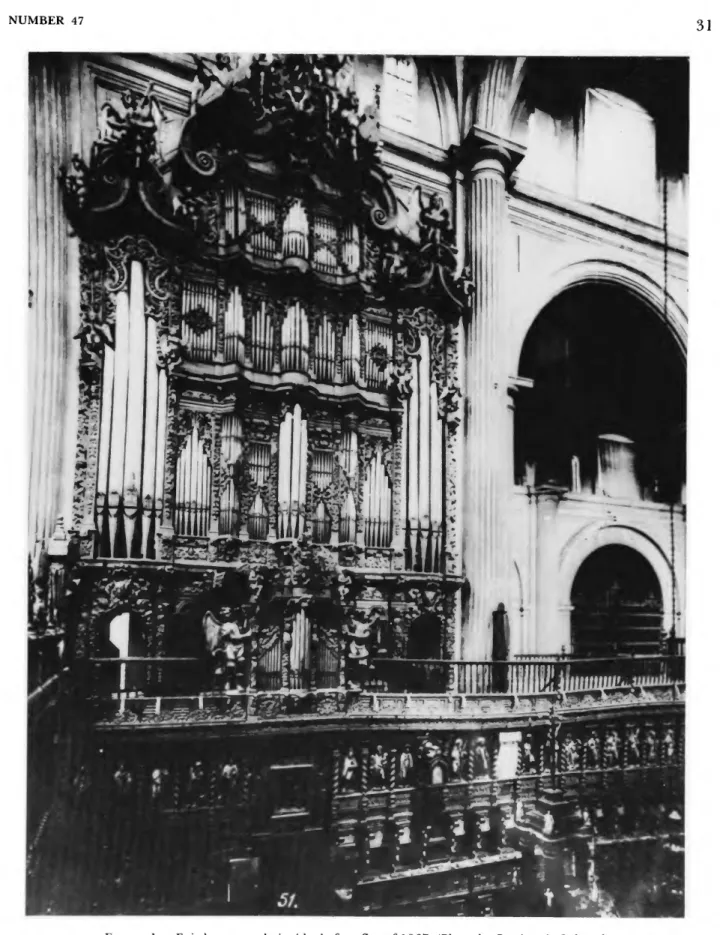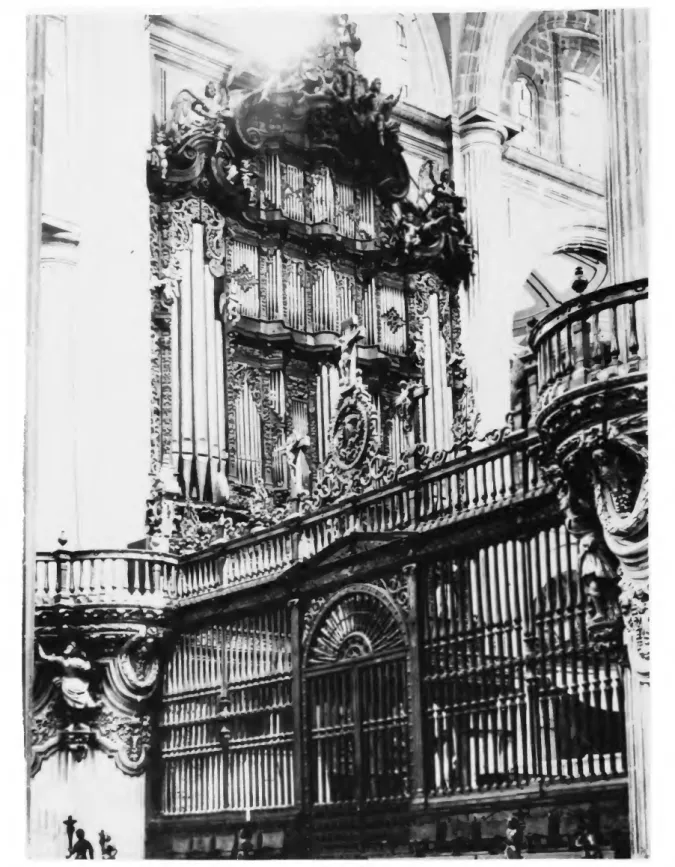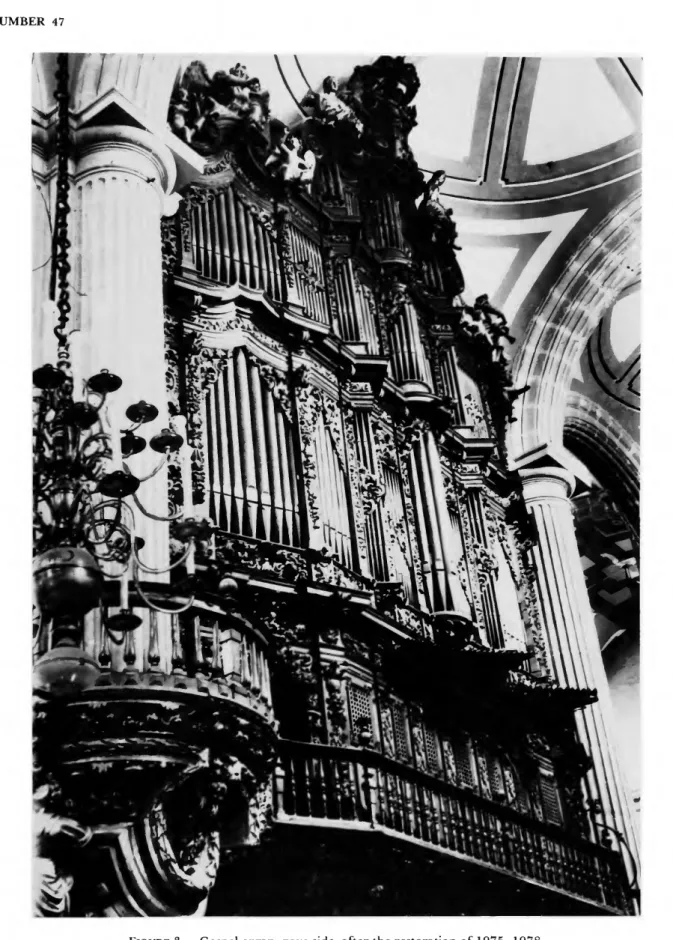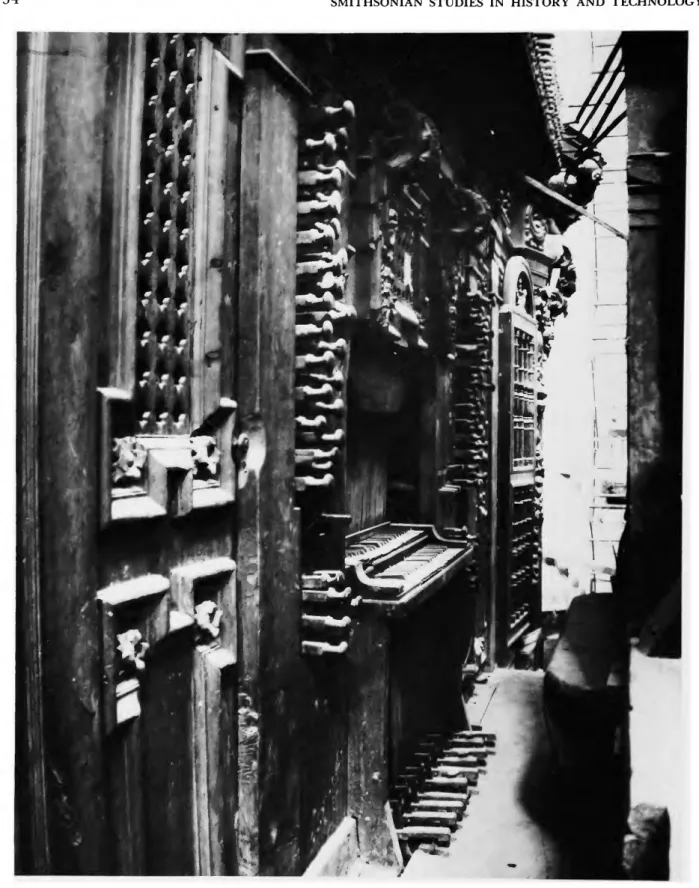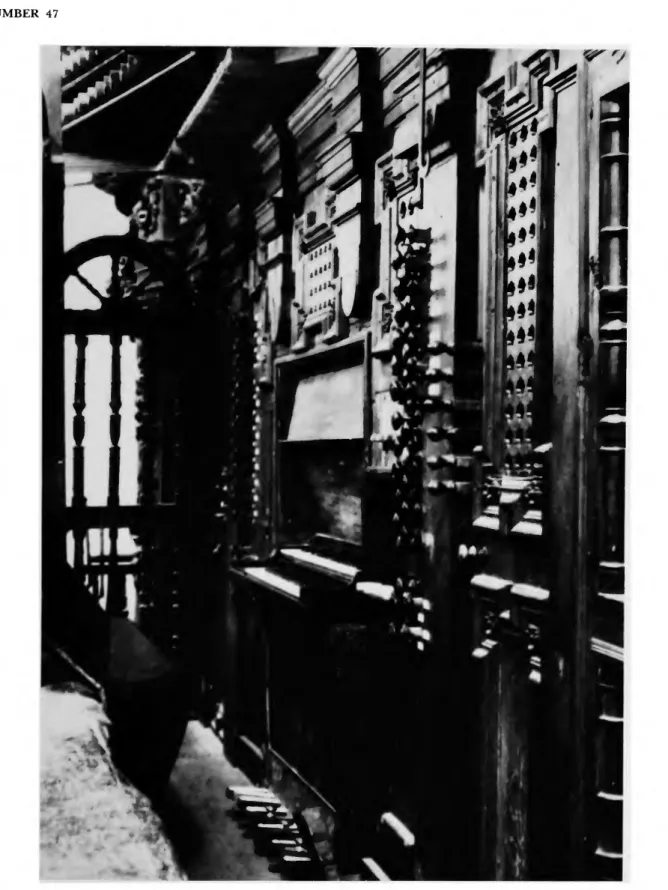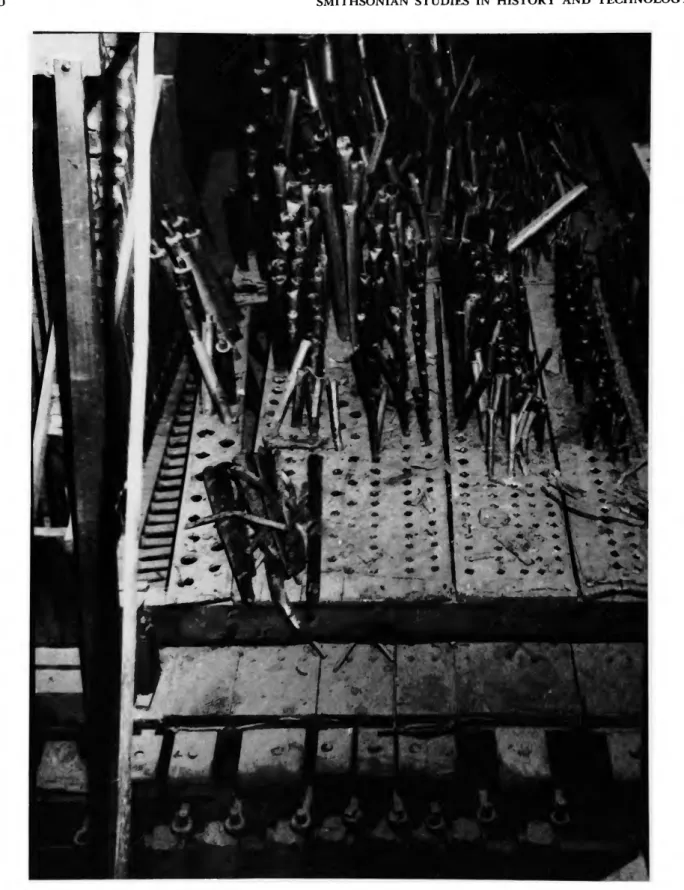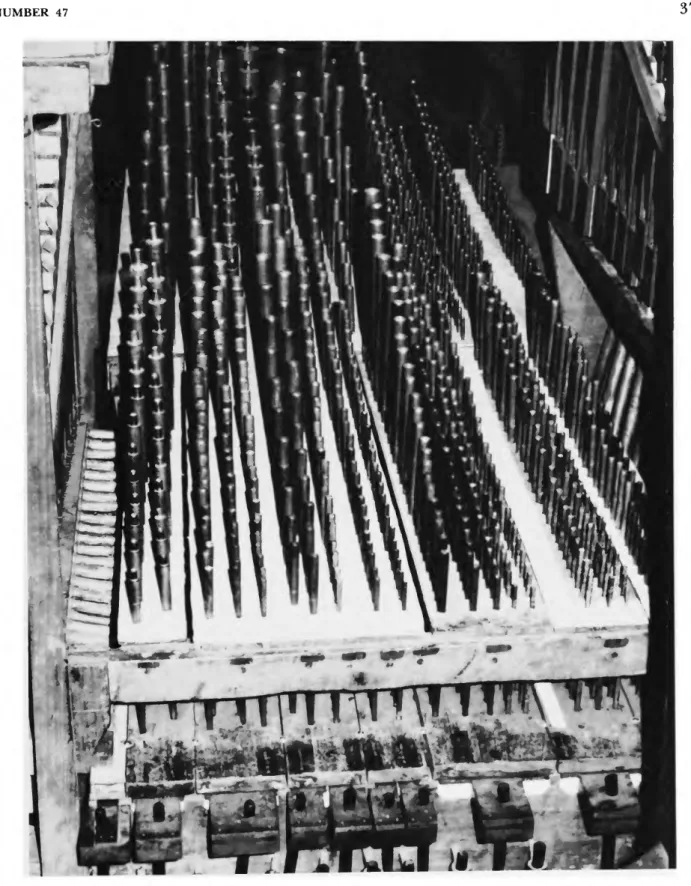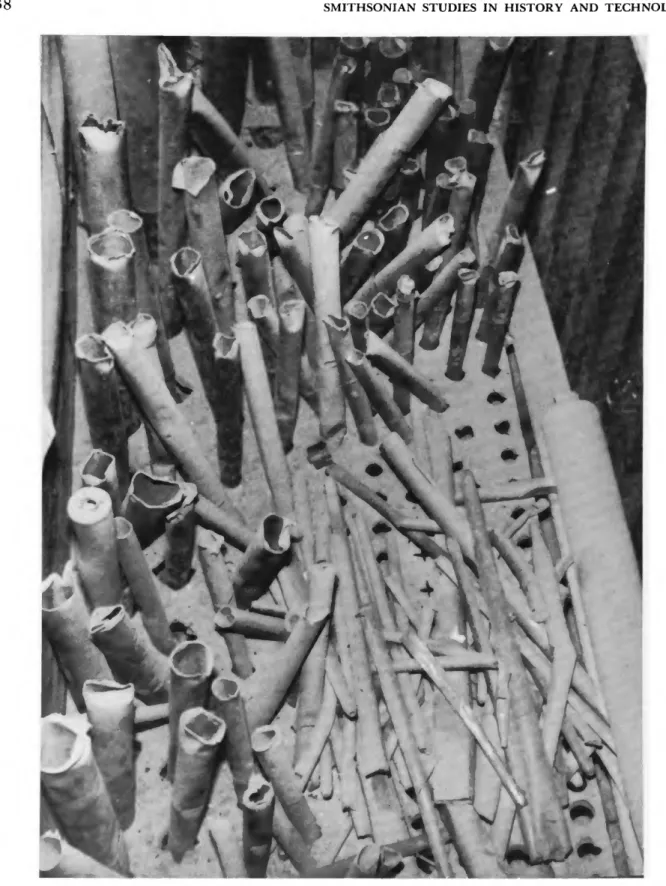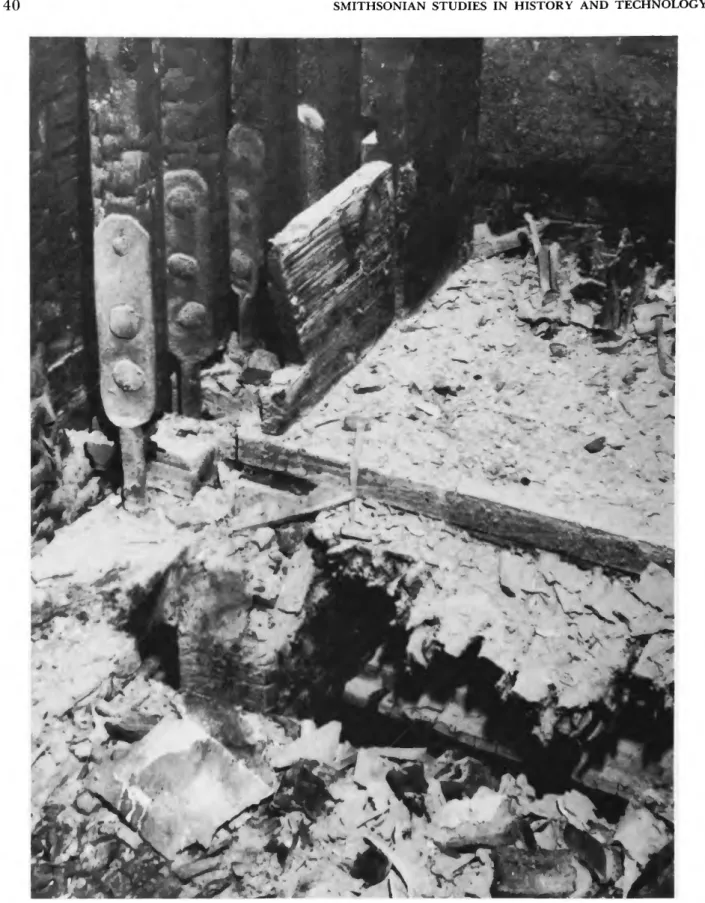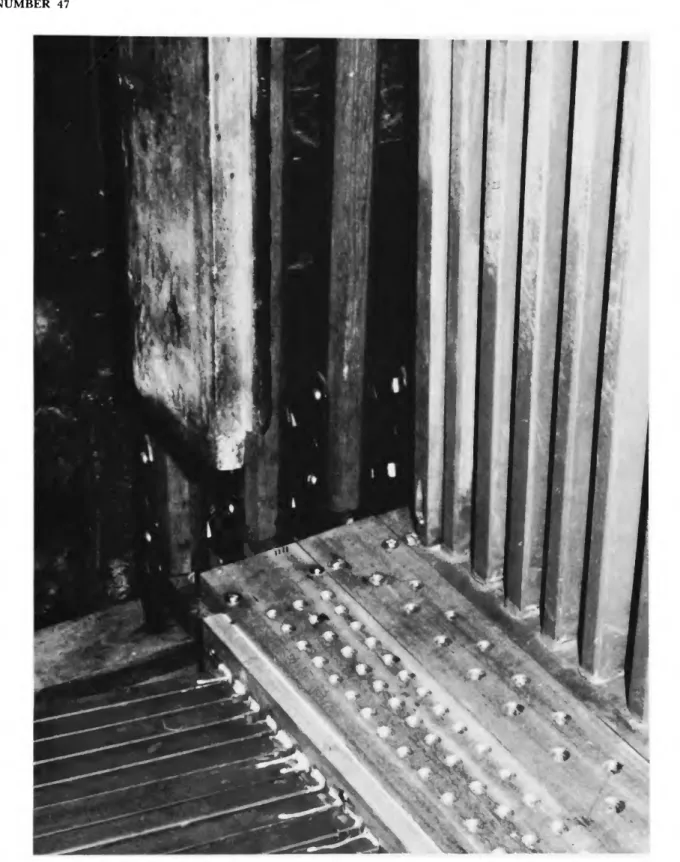The magnitude of the restoration problems at the Mexico City Cathedral and the meticulous care with which they were solved are a special tribute to Dr. His description of the work will guide and encourage lovers of the organ and its music. It was the information and experience gained here that led the Mexican authorities to engage me for the restoration of the organs in the Cathedral of Mexico City.
1667 With the completion of the interior, a second consecration of the cathedral takes place on December 22. The history of the Gospel Organ (Estrada) is of particular interest because it was made entirely in New Spain. Reconstruction took place in October 1735. of the first organ and the construction of the new organ were completed.
The organs, located in the Coro (choir) between two large arches of the nave, can also be seen from the side aisles. By order of the King, an organ was made for the cathedral of Mexico City.
From this letter it appears that although the main parts of the organ were made in Spain, important auxiliary parts were made by Tiburcio Sans in Mexico. In addition to the scant evidence derived from the above-mentioned items, the following inscriptions were found on the main wing of the Gospel organ during the restoration, which was carried out between 1975 and 1978. Inscription A confirms Estrada's (1973:47) assertion that the construction of the new (evangelical) body was completed in October 1735.
Inscription B shows that the same organ was restored in 1817 by Jose Perez de Lara, unfortunately without any information about what this restoration entailed. Nothing further about the history of the organs is known, except that they were damaged by fire in 1967. Due to the fire, almost all the front pipes and most of the resonators for the Chamade reed stops were lost.
T he "Positivo de Espalda" of the Epistle organ was seriously damaged and the wind-box, with all the pipework standing on it, was completely destroyed. At both organs, the decorative carvings in the facades on the choir side were badly burned in several places.
Dating the Cathedral Organs
Restoration
The last two registers are apparently the original stage III and II register pipe supports, respectively, so the racks and holes in the top plate don't match. We have not restored the apparent changes in disposition because there is not yet enough certainty about the original condition of the instrument.
Two very large V-shaped reservoir bellows, with eight pleats per bellows (see Fig. 20) in the upper part of the gospel organ, are wound from the top and bottom, each provided with two pleats. Thanks to the exceptional balance of the bellows, this lever can be operated by only one person. The wind pressure for the gospel organ is 95 mm, and for the letter organ 75 mm.
Gospel Organ Pipe Scales
On the left side of the top keyboard (for the main division) are the 10 additional keys that correspond to the same pedal keys. On the right side of the lower keyboard (Cadereta) is the solo rank keyboard. Manuscripts intended for serial publication undergo content review (conducted by the original Smithsonian museums or offices) and are submitted to the Smithsonian Institution Press on Form SI-36, which must demonstrate approval from the appropriate authority designated by the sponsoring organizational unit.
Requests for special treatment - use of colors, folds, bound covers, etc. - request additional approval from the sponsoring authority on the same form. Review of manuscripts and artwork by the Press for batch format and style requirements, completeness and clarity of copy, and arrangement of all material, as described below, will govern acceptance or rejection of manuscripts and art at the discretion of the Press. On the first page of the text, the title and author should be at the top of the page; the second page should contain only the author's name and work mailing address, which are used as an unnumbered footnote on the first page of the printed text.
Formal tables (numbered, with captions, boxheads, stubs, lines) should be submitted as carefully typed, double-spaced copy, separate from the text; they are set unless otherwise requested. If cross-references are required between key and text, do not include page references in the key, but number the taxa keyed, using the same numbers with the corresponding headings in the text. Synonymy in zoology must use the short form (taxon, author, year: page), with full reference at the end of the article under . “Literature Cited.” For tx)tany, the long form (taxon, author, abbreviated journal or book title, volume, page, year, without reference in "Literature Cited") is optional.
Footnotes, when few, whether notes or bibliographies, should be printed on separate sheets and inserted immediately after the pages of the text on which the references are found. Extensive notes should be gathered together and placed at the end of the text in a notes section. For titles of books and articles, use capital letters in the style of sentences according to the rules of the language used (exception: write all main words in English).
Captions for illustrations should be submitted at the end of the manuscript, with as many text captions written double-spaced to a page as is practical. They should be called figures and should be numbered consecutively as they will appear in the monograph. If several illustrations are treated as components of a single composite figure, they should be indicated by small italic letters on the illustration; also in the legend and in text references, the italic letters (signed in copy) should be used: "Figure 9b." Illustrations intended to accompany the printed text may be called plates, and all components should be correspondingly lettered and referred to: "Plate 9b." Keys to all symbols in an illustration should appear on the art rather than in the legend.
Use of the metric system of measurement is preferable; where the use of the English system is unavoidable, provide metric equivalents in brackets. Index copy can be submitted at page proof stage, but plans for an index must be indicated when manuscript is submitted.
